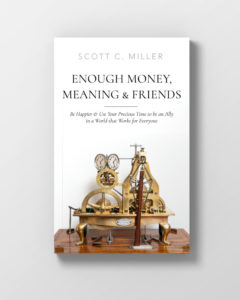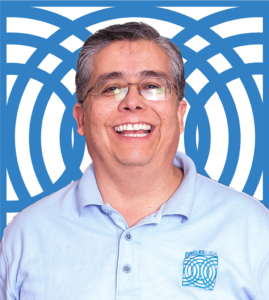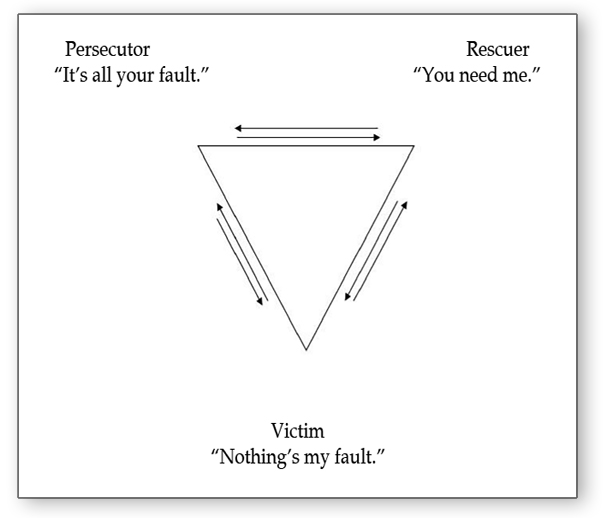The call to adventure to address poverty typically comes in one of these four ways:
-
- Provide private, limited charity to deserving, needy people as prescribed by my faith.
- Mentor someone poor who wants to learn how to not be poor anymore.
- Directly hire the poor.
- Support any policy that would eliminate subsidies that ultimately enable the poor to stay poor.
What’s wrong with solution No. 4: Dismantling subsidy programs?
Finally, the idea of simply dismantling subsidy programs in an effort to stop enabling people to stay in poverty is promoted as the ultimate quick fix to dependency. Unfortunately, as compelling as this might sound to conservative ears, reducing poverty is more complicated.
Let’s review the key causative factors of poverty that emanate from each of the six major sectors of society—business, government, education, human services, civic and faith, and philanthropy—and what their call to adventure for reducing poverty rates might be.
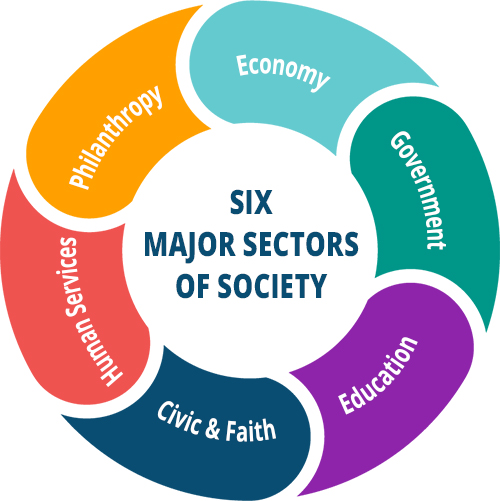
When I contemplate how well our nation is doing compared to other nations, I look at global metrics that go beyond a simple GDP number. In the Declaration of Independence, the pursuit of happiness is defined as a fundamental right, as long as you don’t do anything illegal or violate the rights of others. Using this fundamental right as the main metric, how is the United States doing?
The Organisation for Economic Co-operation and Development (OECD) is a group of 34-member countries that discusses and develops economic and social policy. OECD members are democratic countries that support free-market economies. Their first World Happiness Report was published in April 2012 in support of the United Nations high level meeting on happiness and well-being. Since then, OECD members have come to see happiness as the proper measure of social progress and effective public policy.
In June 2016, the OECD committed itself “to redefine the growth narrative to put people’s well-being at the center of governments’ efforts.” The six variables for the index are income, healthy life expectancy, having someone to count on in times of trouble, generosity, freedom, and trust, with the latter measured by the absence of corruption in business and government.
In 2007, the United States ranked third on the happiness index for OECD nations. In 2016, it had dropped to 19th (out of the 34 OECD nations) due to an increase in corruption and a decrease in social safety nets. At the top of the happiness index were the Scandinavians for the opposite reasons. George Lakey, author of Viking Economics: How the Scandinavians Got It Right—and How We Can, Too, explains in an easy-to understand manner how the Nordic nations emerged at the top of the Happiness Index, as well as in these other important categories: freedom of the press (measured by Freedom House, the United States ranked 26th); best place to grow old as measured by Global Watch Index; and life satisfaction as measured by OECD.
The OECD also does poverty rate comparisons across the 34 nations. Iceland ranked No. 1 with the lowest poverty rate, followed by Denmark, Czech Republic, Finland, and Norway. In the No. 30 spot was the United States, followed by Israel, Brazil, Costa Rica, and China. I don’t know about your reaction to this list, but my mind jumped off the rails when I read it.
Most people in the United States know, and perhaps take pride in the fact that our GDP is $18.56 trillion, far and above second-ranked China at $11.39 trillion, and third-ranked Japan at $4.73 trillion. Our per capita income ranks fourth, behind Luxembourg, Norway, and Switzerland, according to OECD data. It’s interesting to note that overall GDP does not correlate positively with lower poverty rates or higher happiness indexes.
Being a wealthier nation also does not translate into being safer. According to Nation Master, China is ranked 12th out of 189 nations for highest homicide rates, and the United States is ranked 14th. In other words, you are less likely to be slain in 175 other nations than in the United States.
Wealth disparity is running twice as high and broad in the United States as in any other industrialized nation. The top 5% own more than 90 times the wealth of the median household. In the second-ranking nation, the top 5 % in the Netherlands owns 42 times the wealth of the median household. What is the factor for the happiest place on the globe, Norway? Twelve times. Is there a correlation between a national value of equity and happiness, lower poverty rates, higher productivity?
As Lakey says in book, Viking Economics,
Like most Americans today, Norwegians a century ago didn’t like the results of a wealth gap: the hunger and poverty, the crime, elderly friends warehoused or left in isolation, young people without hope of a good job. Norwegians also didn’t like the attitudes that went with inequality: an inclination toward arrogance among higher-income people and the feeling among lower-income people that they were losers, defeated by the system.
The Nordic model has been promoted by many in the United States who want to see more equity and less poverty. It has been demonized by others who feel strongly about the free-market system and limited government. The polarity between right and left media, politics, and arguments within one’s own family has accelerated as more people find themselves unable to participate in the American Dream.
Learn more: Transformational Leadership: A Framework to End Poverty ~ By Scott C. Miller
To learn more about Scott Miller, please see his website here.
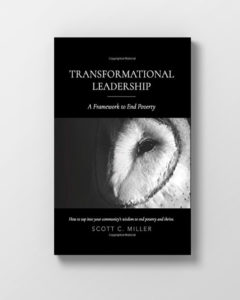

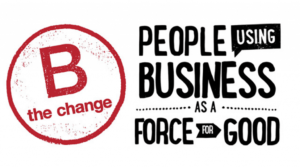 Paul Poler, CEO of Unilever, a massive multinational corporation, wrote an editorial in the
Huffington Post in July 2014. Poler realized such a shift cannot happen in a vacuum. The driving force for companies cannot continue to be posting quarter-to-quarter gains. Not only is it too hard on both people and the environment and it’s not sustainable.
Paul Poler, CEO of Unilever, a massive multinational corporation, wrote an editorial in the
Huffington Post in July 2014. Poler realized such a shift cannot happen in a vacuum. The driving force for companies cannot continue to be posting quarter-to-quarter gains. Not only is it too hard on both people and the environment and it’s not sustainable.